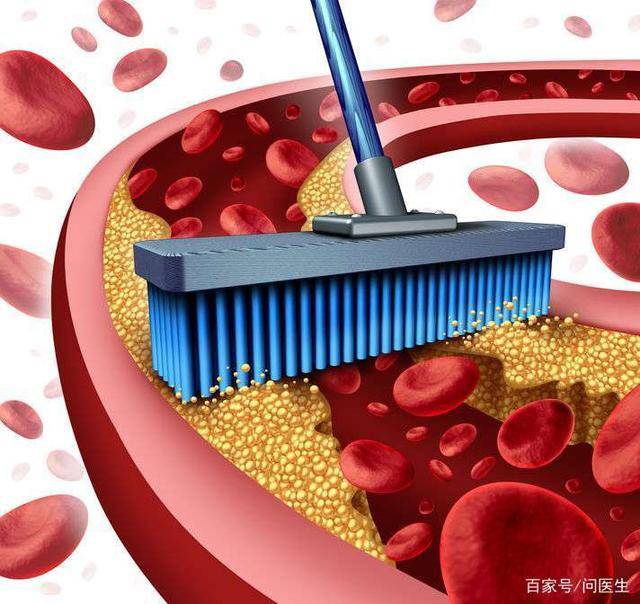Many people are concerned about whether they should take medication for high cholesterol. The medical community has many controversies about cholesterol, making it unclear to ordinary people who need to take medication to lower cholesterol.
High cholesterol can also become garbage in the blood vessels. Some people may not experience discomfort even if their cholesterol levels are high, so they tend to ignore it. However, high cholesterol can lead to heart attacks and strokes.
Some people, on the other hand, become fearful when they see their cholesterol levels rise and immediately start taking medication.
Does everyone with high cholesterol need to take statins?
Whether high cholesterol should be treated with statins depends on the presence of other risk factors for cardiovascular disease, such as hypertension, diabetes, smoking, among others, as well as the results of low-density lipoprotein tests. According to numerous studies, reducing low-density lipoprotein levels by 1 unit can reduce the risk of coronary artery disease by 21%, decrease the need for coronary artery revascularization by 24%, reduce the risk of stroke by 15%, lower the death rate from cardiovascular disease by 12%, and reduce overall mortality by 9%. Hence, the importance of monitoring low-density lipoprotein levels.
Therefore, when checking blood lipids, it is essential to conduct tests for all four lipid components and not solely focus on total cholesterol or factors like blood viscosity.
Normal cholesterol reference ranges:
– Total cholesterol: 2.8 to 5.17 mmol/L
– High-density lipoprotein: Male: 0.96 to 1.15 mmol/L; Female: 0.90 to 1.55 mmol/L
– Low-density lipoprotein: 0 to 3.4 mmol/L
Since the testing standards may vary between hospitals, individuals should refer to their specific hospital’s reference ranges.
Cholesterol typically includes total cholesterol, low-density lipoprotein, and high-density lipoprotein.
High-density lipoprotein, known as “good” cholesterol, helps clear artery debris, reduce atherosclerosis, and prevent cardiovascular diseases, so a higher level is beneficial. On the other hand, low-density lipoprotein, known as “bad” cholesterol, generates artery debris, accelerates atherosclerosis, and increases the risk of cardiovascular diseases, so a lower level is preferred.
Cholesterol medication is necessary under the following conditions:
1. Individuals with existing atherosclerosis and a high risk of heart disease are recommended to use cholesterol-lowering medication, including statins, in combination with other drugs to reduce cholesterol, aiming to lower low-density lipoprotein to below 1.8 mmol/L.
2. For patients without overt cardiovascular diseases or evidence of atherosclerosis, if low-density lipoprotein levels are ≥4.9 mmol/L, statins and other medications should be used to reduce cholesterol, and the target low-density lipoprotein level can be kept below 2.6 mmol/L.
3. Individuals aged between 40 and 75 with diabetes and low-density lipoprotein levels ≥1.8 mmol/L should start using statins. For those without diabetes but with coronary heart disease or risk factors for cardiovascular diseases, statin use is also recommended.
4. If there is no cardiovascular disease, no diabetes, and low-density lipoprotein is <4.9 mmol/L, and there are no other risk factors for cardiovascular diseases, statin use may be temporarily unnecessary.
The decision to start using statins primarily depends on the presence of other risk factors for cardiovascular diseases, such as smoking, hypertension, or diabetes, and the actual low-density lipoprotein test results. Controlling high cholesterol is essential, but determining whether medication is necessary relies on the low-density lipoprotein levels and the presence of high-risk factors for heart disease. Whether or not medication is needed, maintaining healthy lifestyle habits is crucial. High cholesterol is mainly related to genetics and metabolism, but an unhealthy lifestyle can further elevate cholesterol levels. Therefore, a healthy lifestyle and dietary habits form the foundation for preventing and controlling high cholesterol.


